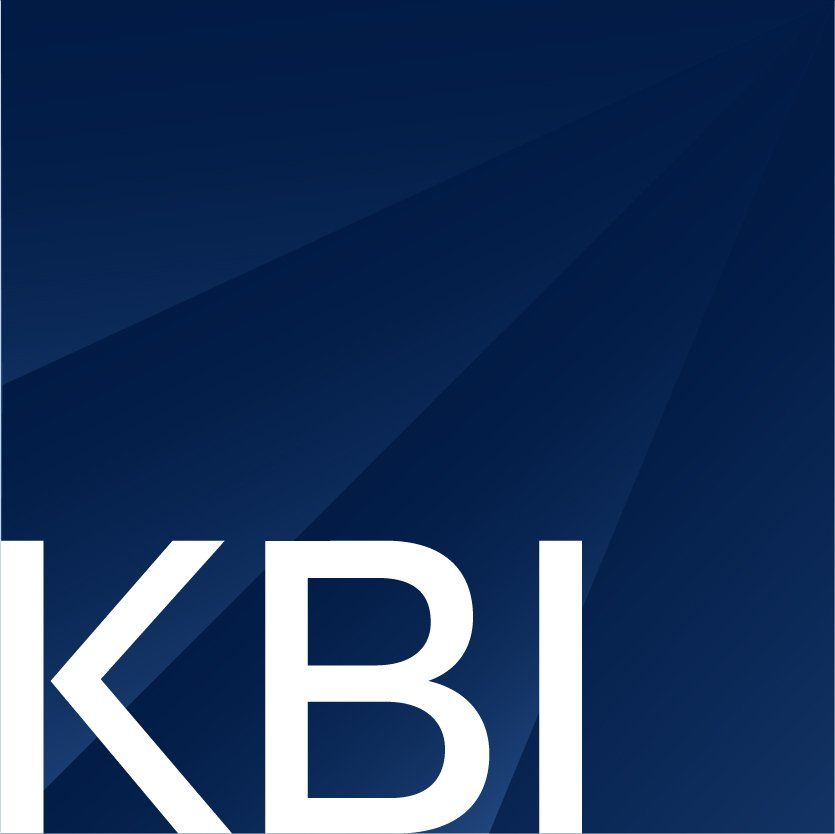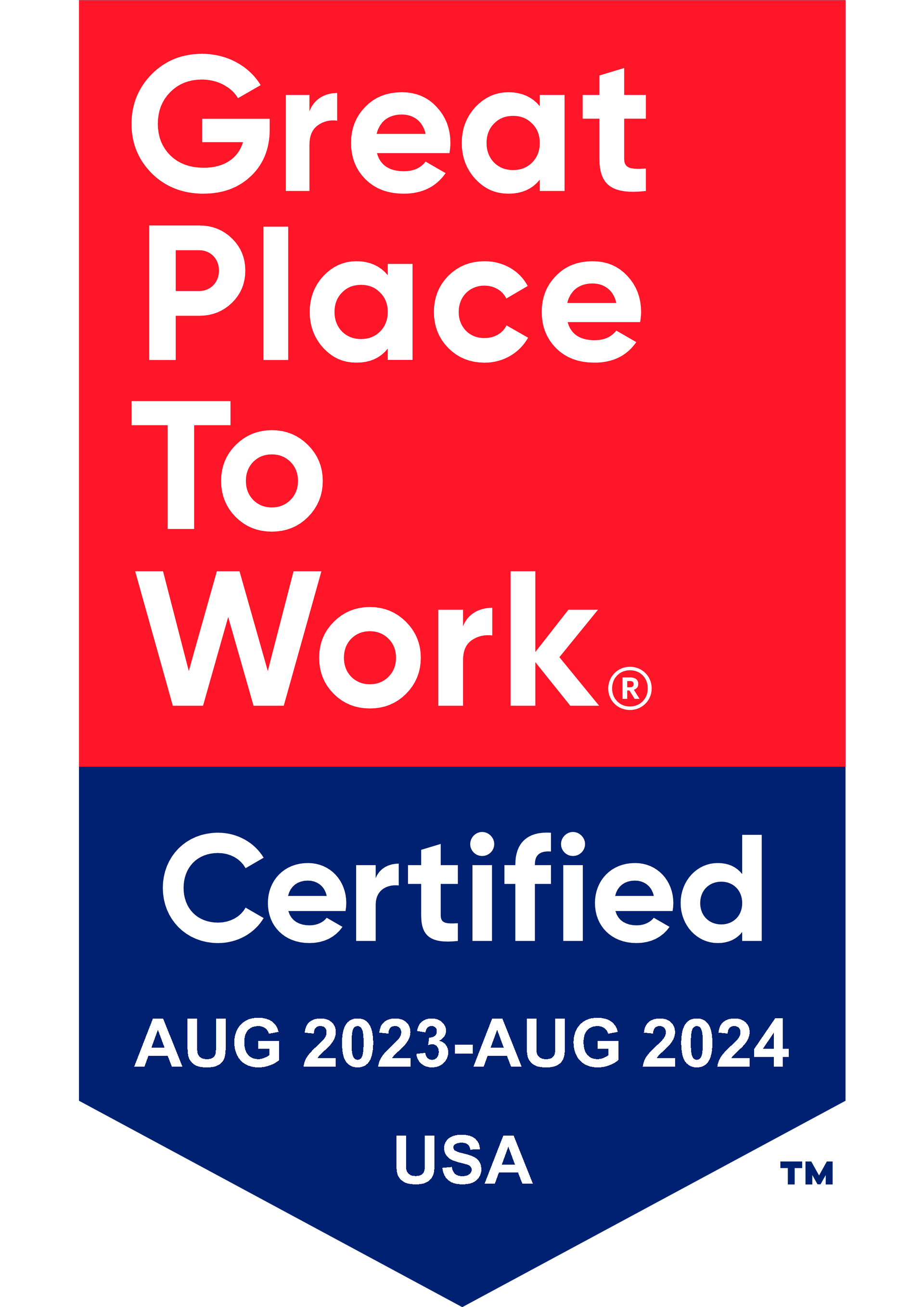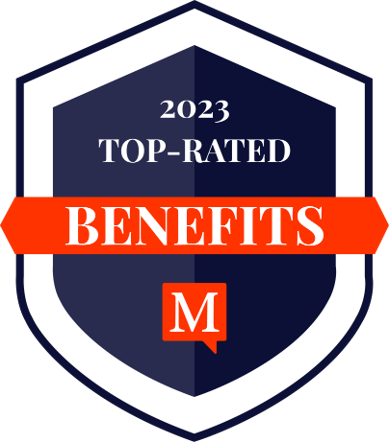
Benefits Education: Making it Important and Available to Employees
Employee benefits offerings and programs vary between employers. However, standard offered benefits include medical insurance, retirement plan benefits, life insurance, disability insurance, paid time off, tuition reimbursement, dental insurance, and vision insurance. Many companies offer additional benefits options and company perks. Although benefits are important to employees, it might be surprising that employees are often left uninformed of every perk and benefit available to them through their employer. Additionally, it is also common for employees to passively select their benefits without obtaining the right information.
Employee benefits offerings and programs vary between employers. However, standard offered benefits include medical insurance, retirement plan benefits, life insurance, disability insurance, paid time off, tuition reimbursement, dental insurance, and vision insurance. Many companies offer additional benefits options and company perks. Although benefits are important to employees, it might be surprising that employees are often left uninformed of every perk and benefit available to them through their employer. Additionally, it is also common for employees to passively select their benefits without obtaining the right information.
BENEFITS EDUCATION: KEEPING UP WITH THE CONTINUAL CHANGE IN BENEFITS
Though typically not to the same degree, benefits offerings can change annually as much within a single organization as they do between different organizations. As a result, the continual variation and yearly changes can make understanding benefits confusing for employees.
Considering that benefits cost an average of 40% of an employee’s total compensation package and are tied to a company’s employee value proposition, we encourage employers to take a vested interest in helping employees understand their benefits package. Poor benefit plan choices can cost both the employee and employer money, an avoidable scenario if proper benefits education ensues.
DO EMPLOYEES FEEL CONFIDENT IN THEIR BENEFITS EDUCATION?
As shared by SHRM (Society for Human Resource Management), in a survey sponsored by the disability provider Unum, 79% of the 1,521 adult workers who responded and rated their benefits education as very good to excellent also rated their employer the same. In the same survey, only 30% of respondents who rated their benefits education as fair or poor rated their employer as very good or excellent. These results imply that employee benefits education is linked to the employee’s perception of their employer and ties to overall job satisfaction.
With years of research and experience in supporting clients with benefits implementation and management, we understand the common challenges that come with employee engagement. Fortunately, we know a thing or two about how to support employers to move through and beyond these challenges.

DISCUSS COMMON BENEFITS ENROLLMENT PITFALLS
It is common for employees to make benefits choices hastily or while left in the dark, even though it is one of the most important decisions to make each year. The result can amount to wasted money or unutilized available benefit plan options.
THE LACK OF INDEPENDENT BENEFITS RESEARCH
A 2014 Aflac survey showed that 41% of employees apply less than 15 minutes to research and select their benefit plans during open enrollment. That same survey showed that four out of 10 employees waste as much as $750 annually due to mistakes they made when they were choosing benefits, and that 73% of employees rarely, never, or only sometimes understand all that is covered under their policy.
NOT MAKING THE MOST OF THEIR BENEFITS PLAN
Another common employee benefits pitfall occurs when employees utilize their benefits incorrectly. They might not understand that going to the emergency room can be a costly and avoidable expense by choosing to go to a local clinic instead. Many employees also misunderstand the differences between all the readily available walk-in clinics that opened over the past few years and that insurance plans cover these types of clinics at different levels, depending, in part, on the agreement between the clinic and the insurance provider.
SELECTING THE WRONG PROVIDERS
Another common mistake that employees often make regards their selection of providers covered by the plan. Many employees do not know how to distinguish in-network from out-of-network providers, which can be a costly mistake if an out-of-network provider is chosen. Additionally, it is also wise to research drug costs between pharmacies, as not all pharmacies are created equal, and some are significantly more costly than others when it comes to prescription purchases.
These are just some of the mistakes employees make when selecting or using their benefits. Since the employer bears a portion of insurance costs, several of these pitfalls also cost the employer. Education is the key to helping employees make wiser choices.

TEACH EMPLOYEES ABOUT ALL AVAILABLE BENEFITS
Medical benefits are often at the forefront of employees’ minds when they think of employer benefits. However, there are several other benefits available to employees as part of most employers’ benefit plans. If most employees failed to consider these additional benefits valuable, they would not be offered by employers. Still, many employees are left unaware of all that is offered to them, and, even if they are aware, they might not understand how several of them work or what their value is. This lack of understanding indicates that there is a gap in employer-employee communication.
Educating employees fully on all the benefits available to them generates a positive impact on their experience and overall perception of the organization. In the aforementioned Unum report mentioned, almost half of the employees that were offered long- or short-term disability insurance by their employer shared that no one explained the benefit to them. However, 83 percent of employees whose companies offered education about short- and long-term disability insurance rated their benefits education positively.
AVOID A ONE-SIZE-FITS-ALL APPROACH
From our experience, it can be helpful to employees to create a benefits training approach that is customized to the employee. Group sessions and training webinars are great, but having a benefits advisor sit down one-on-one with employees can go a long way in helping them understand their benefit options. Doing so also allows for private conversations, helping the employee feel comfortable in asking personal questions specific to his or her situation. This type of “going above and beyond” is another way to show employees that you care and are invested in their well-being.
INTRODUCE BENEFITS EDUCATION RESOURCES
There are several resources available to employees during an organization’s open enrollment period. We help to bring these resources to the attention of your employees in as many places and situations as possible — during regular staff meetings and webinars, through emails, and by providing collateral to display throughout the office.
During the benefits open enrollment period, we offer support to encourage employees to:
- Make an informed and educated decision that could save them money and hassle in the short- and long-term.
- Attend benefits enrollment and education meetings.
- Review all benefit plan options carefully and consider the differences between each.
- Take a look at last year’s medical costs for their families to give them a baseline of what their costs might be for the coming year. Based on that, they can add or subtract medical services for the year. They can then get an idea of what their annual costs might be when considering their plan options’ deductibles, premiums, out-of-pocket maximums, and services covered versus not covered.
- Take advantage of Health Savings Accounts (HSAs) or Health Reimbursement Accounts (HRAs) available to them if they are choosing a high-deductible plan.
- Select a traditional co-pay plan, if offered, if they expect their expenses to be high for the year and have concerns about meeting the deductible
To increase employees’ motivation to attend benefit enrollment meetings, an option is to provide incentives for people who do attend, such as offering a $5 gift card, two hours of extra paid time off, or a goodie bag filled with employer-logoed swag. And, in many instances, spouses are involved in benefit selection decisions, so we encourage them to attend open enrollment meetings as well.

THE COST OF NOT INFORMING YOUR EMPLOYEES
We often learn by being shown the risks involved if something is not done. The same is true for benefits. If employees are shown what it means to make uneducated, quick, and rash decisions about their benefits, they might be more apt to make informed, conscientious, and developed decisions about them.
As part of benefits open-enrollment training, we find it beneficial for KBI specialists to showcase studies and examples of cost analyses that represent when the “wrong” benefits plan was selected for an employee. It can also be helpful to show how much it could cost employees if they don’t at least invest up to the employer match in their 401k — many employees don't consider employer contributions free money or understand how much compound interest matters over time.
Alternatively, show the benefit of short- and long-term disability and life insurance and the flipside of what it could mean if one does not have it in place. By showing the numbers and putting examples into real-life scenarios, employees might think twice about rushing through their benefits decisions during open enrollment and will hopefully make wiser choices throughout the year.
OPENLY PROMOTE BENEFITS EDUCATION RESOURCES THROUGHOUT THE OFFICE
There are several options available to promote benefit awareness throughout the office. Holding regular lunch-and-learns with benefits providers, such as KBI, is one option — throw in a free and healthy lunch, and you will likely get more people in the room.
Working with benefits vendors and providers to obtain marketing materials that can be displayed (posters and fliers) or distributed (brochures, postcards, and pamphlets) throughout the office is another great option. Providing a tool or resources that can be displayed on the employee’s desk for awareness and to serve as a reminder, such as a magnet, pen, mousepad, or paperweight, may also be beneficial.
COMMUNICATE ABOUT BENEFITS OUTSIDE OF OPEN ENROLLMENT
Open enrollment and new benefits implementation are not the only times for employers to speak or share about benefits. For employee engagement, we find that communication about benefits should occur throughout the year.
Email or text campaigns for employees can serve as friendly reminders about the employee benefits you offer. An email that discusses how to maximize specific benefits or that gives tips on how employees can save on healthcare and medical costs can be helpful as well.
For example, many employees do not realize that several pharmacies participate in a $4 generic drug program, in which many generic brand prescriptions are a flat rate of $4 per prescription. That price is often less than what they would pay if they used their medical or prescription insurance card to cover the costs.
PROMOTE COMPANY PERKS IN ADDITION TO TRADITIONAL BENEFITS PROGRAMS
If your company offers perks as part of its benefits package, such as employee discount programs, wellness programs, and gym membership reimbursement, promote them. Many employees of your organization might not realize that you offer these programs. They might have forgotten about what you do offer, especially if you only share that information once a year. To take the weight off your shoulders, consider working with your vendors to send out regular email reminders about the perks to encourage employees to utilize them.
ASK EMPLOYEES WHAT THEY NEED
A regular audit to evaluate benefit programs offered by employers is essential to confirm their cost, effectiveness, and employee satisfaction. As part of this regular review, we work with employers to determine what the best approach is to gather employee input and feedback. Some example questions to start might include:
- What are their needs?
- Do they understand the benefits offered to them?
- Do they feel they receive the necessary support to make informed decisions?
- Which benefits or company perks would they like to see added to the platform?
- What are the areas for improvement as far as communication is concerned?
- What tools and resources are most effective in helping them understand their benefit options and choices?
- Which benefits are most important to them?
There is also a lot of industry data available that provides benefit trends and insights into what is important for employees and candidates in today’s market. We help employers access this type of research to add to their arsenal of information on what benefits to offer to employees and how to best implement and communicate them for active employee engagement.
By taking the time to ask employees for their input around benefits and benefits communications, you are not only receiving valuable information as an employer — you are also showing your employees that their voice and opinion matters.

USE BENEFITS EDUCATION TO ENGAGE EMPLOYEES, SUPPORT WELL-BEING, AND REDUCE UNNECESSARY COSTS
It is proven that employee benefits education is linked to employee morale and job satisfaction and supports the health and well-being of your employee population. At KBI Benefits, we understand this. We work with employers to get creative and find new ways to educate employees on available benefits plans and options.
By helping your employees understand and take full advantage of their benefits, they will be better equipped to make wiser choices. As your employees make smarter choices, it will also help reduce the cost of benefit claims to the company.
Contact us today by submitting our online contact form or calling us at 408.366.8880. We look forward to working with you!




